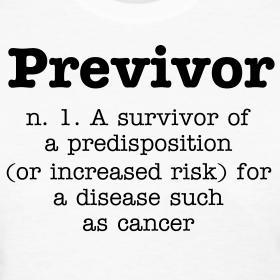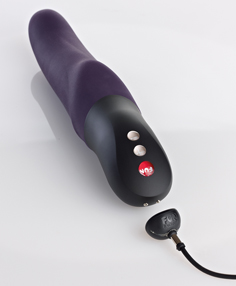Wednesday, October 17, 2012 – Thursday, October 18, 2012
I woke up the morning after finding out that I was pregnant to call my gynecologist. When the receptionist answered, I introduced myself and asked if she could relay a message to my doctor.
“What’s the message?” the receptionist inquired.
“Would you mind telling her that ‘I’m no longer in chemo menopause because I’m pregnant?’”
The receptionist was silent for several seconds so I interjected before it became uncomfortable.
“I bet you’ve never typed that message down before!”
We both laughed awkwardly before she replied, “No…I haven’t.”
When my gynecologist returned the call 30 minutes later, she expressed her shock and then said, “To be honest, no doctor is going to be able to tell you that you can or can’t carry safely to term. There’s not enough research about pregnancy and one of your health conditions, let alone any research that looks at pregnancy and all of your conditions.”
“I know. No one unfortunately has a crystal ball,” I responded.
“If you decide you’ll try to carry, you need to stop your migraine medicine immediately. That drug is highly toxic to a fetus.”
I knew that, but it was easier said than done. I’ve suffered from migraines since I was a teenager. The medicine I’ve taken since 2003 has been the only medicine that has worked and kept my migraines at a manageable two a week.
The rest of the day was spent preparing for my Health Activism and Social Media class that evening. The topic for the two-and-a-half hour class? Abortion.
I broke down several times as I worked on my Power Point for the lecture. During the class itself, I had to fight back the urge to tear up. There was a video that I showed from an anti-choice organization that included a sonogram photograph of an embryo at six weeks and six days. I was exactly six weeks and six days pregnant.
The following day, I headed to my gynecologist’s office for an ultrasound. I knew the technician because I had gone there the previous month for a sonogram because of menopausal pelvic pain. (Oh, the irony!)
As one would hope, the technician was extremely compassionate during the ultrasound. At that stage of development, the embryo just looked like a tadpole on the monitor. I exhaled when she informed me that the size looked good so far, but I started sobbing when I heard a noise and she commented, “Strong heartbeat.”
I looked up toward the ceiling and silently prayed. I didn’t think there was a chance that my doctors would let me try to carry to term, but I wondered what message God was trying to tell me.
To be continued…



